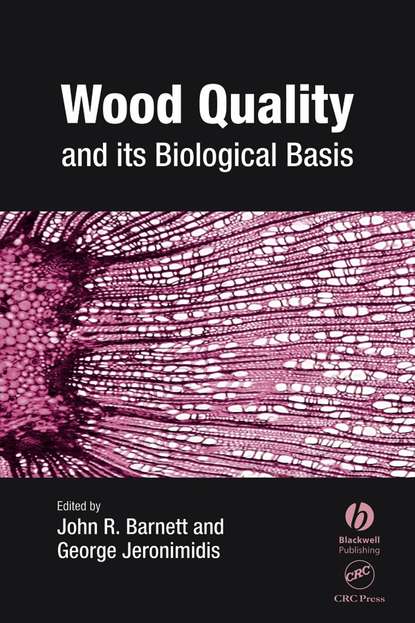Wood Quality and its Biological Basis
Полная версия
- О книге
- Читать
Wood is the most versatile raw material available to man. It is burned as fuel, shaped into utensils, used as a structural engineering material, converted into fibres for paper production, and put to newer uses as a source of industrial chemicals. Its quality results largely from the chemical and physical structure of the cell walls of its component fibres, which can be modified in nature as the tree responds to physical environmental stresses. Internal stresses can accumulate, which are released catastrophically when the tree is felled, often rendering the timber useless. The quality of timber as an engineering material also depends on the structure of the wood and the way in which it has developed in the living tree. Tree improvement for quality cannot be carried out without an understanding of the biological basis underlying wood formation and structure. This volume brings together the viewpoints of both biologists and physical scientists, covering the spectrum from the formation of wood to its structure and properties, and relating these properties to industrial use. This is a volume for researchers and professionals in plant physiology, molecular biology and biochemistry.















